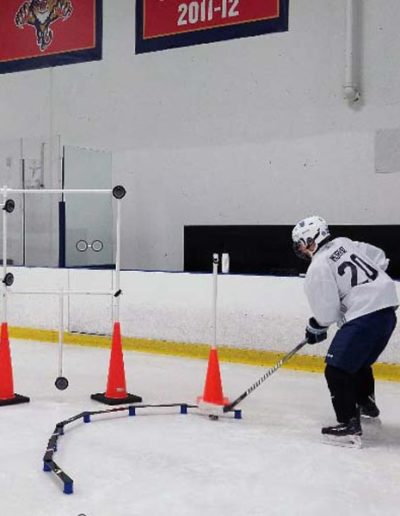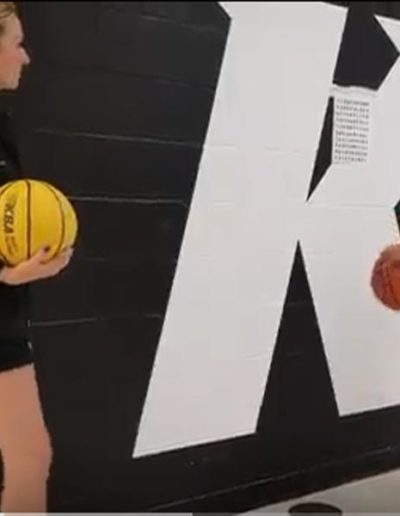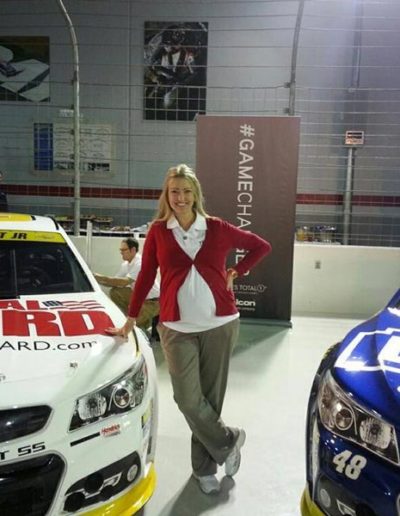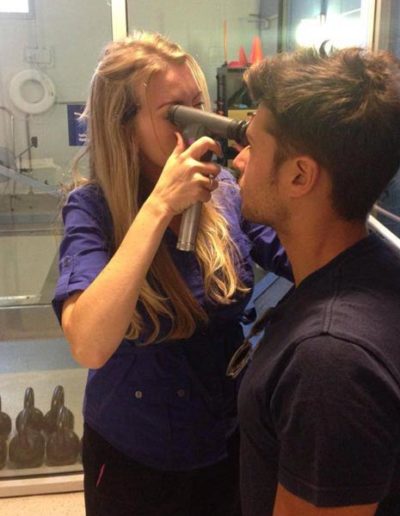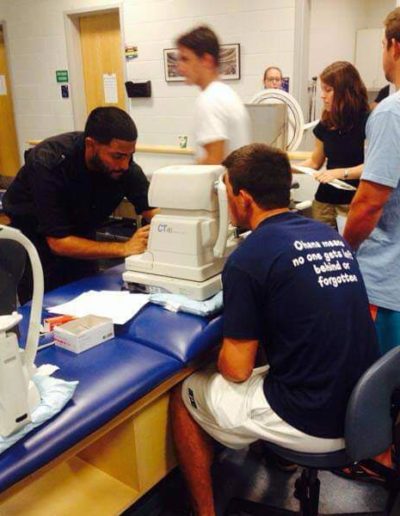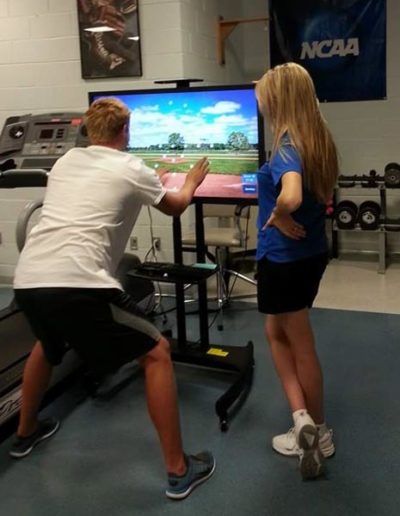Performance Vision Training
“Sharp eyesight has played the most critical role in my success throughout the years. If you are serious about your game, you can turn to sports vision specialists to help develop fast, reliable reaction time with your eyes.”
– Jimmy Connors, Tennis Professional, International Tennis Hall of Fame
What is Sports Performance Vision?
For athletes, optimizing vision starts with understanding the visual skills that can impact performance. While a thorough, comprehensive eye exam is essential, athletes also rely on specialized visual motor and perceptual skills that can vary depending on the sport.
Identifying any gaps in these areas gives trainers and athletes the chance to strengthen those skills, improving visual abilities and overall performance on the field, court, or track.
A typical performance evaluation includes measuring the following ocular-motor skills:
Static Visual Acuity
The ability to see a non-moving target at a fixed distance. Decreased static acuity is often easily correctable and can lead to increased dynamic acuity, depth perception, and accommodative accuracy.
Dynamic Acuity
Not only how well a player can read a static chart, but also how they handle discriminating a target in motion.
Contrast Sensitivity Function (CSF)
The visual system’s ability to process spatial or temporal information about objects and their backgrounds under varying lighting conditions. CSF is more sensitive than visual acuity.
Ocular Health Assessment
We often also recommend evaluating intraocular pressure (IOP) and taking fundus photos for documentation/screening to see if further evaluation is necessary.
Depth Discrimination and Spatial Localization
An important element of any sports vision evaluation. We test distance depth perception as a part of our screenings.
Ocular Alignment
The precise alignment of the two eyes, triggered by retinal image disparity, is responsible for providing a significant amount of information regarding object location.
Peripheral Awareness
We test both peripheral awareness and split attention (balancing attention between central and peripheral targets).
Speed of Recognition
From quarterbacks to batters, many athletes need an incredibly quick and accurate speed of recognition.
Visual-Motor Reaction Time
Tested with FITLIGHT®, Senaptec, or a Wayne Saccadic Fixator, these tests often create competition between athletes during screenings for the “best score.”
Visual Coincidence Anticipation
Many sports involve reactions and responses to visual information approaching the athlete. This presents a significant advantage in determining and executing the most appropriate motor responses. Tested with Wayne Speed-Trac, the instrument’s speed can be calibrated to simulate various parameters (pitch speed or a 25-yard pass).
Ocular Dominance
A physiological preeminence, priority, or preference of one eye over the other. This is important in many sports because research has shown that the dominant eye processes information approximately 14 milliseconds faster. A larger activation area in the primary visual cortex of the dominant eye may also exist.

